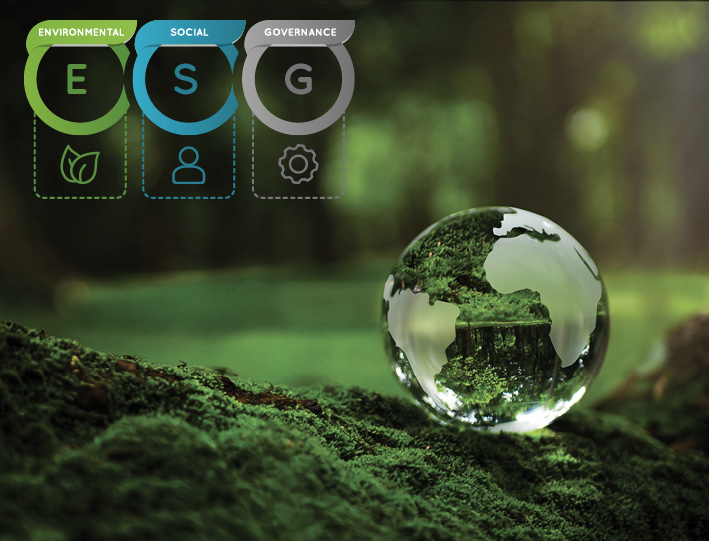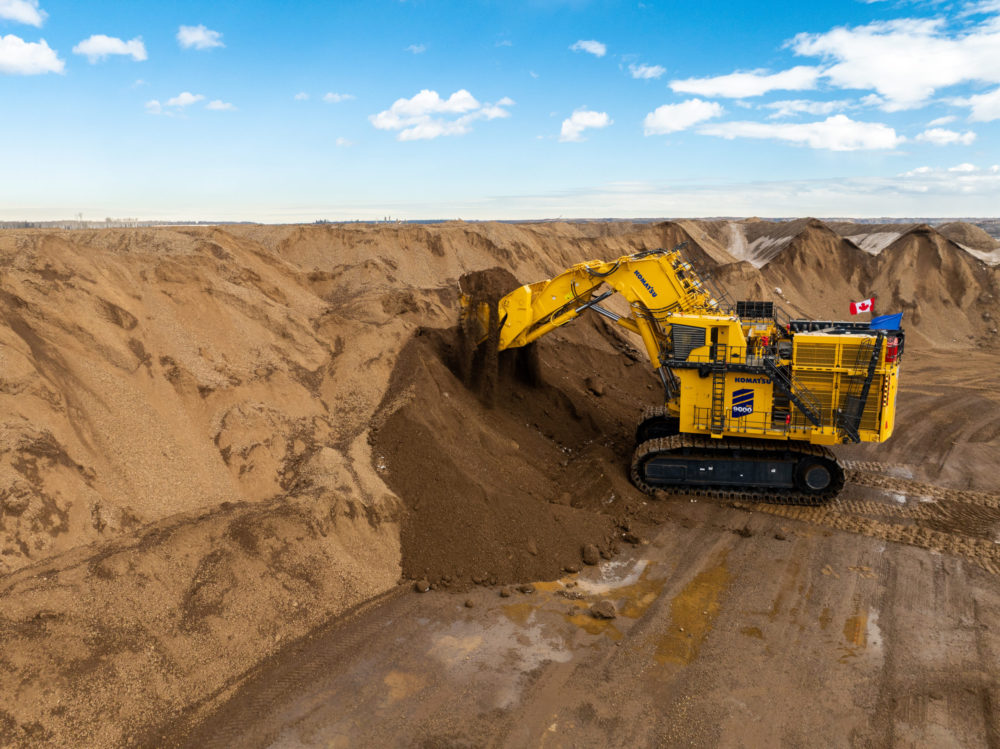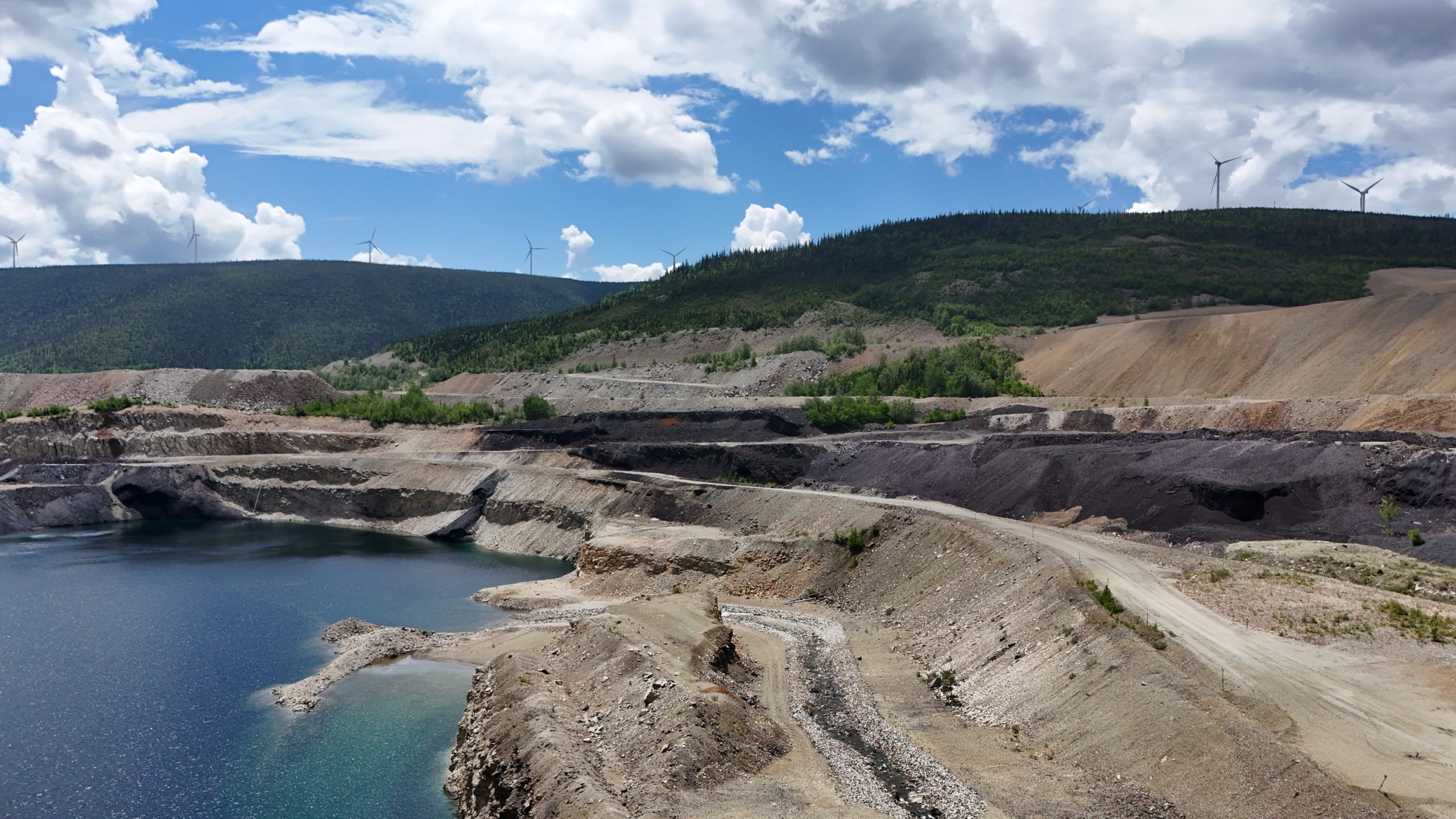What is better than gold? Green gold
As a market premium emerges for low-carbon gold, strong ESG performance will become a bankable differentiator

From inside the mining industry, environmental, social and governance (ESG) obligations look primarily like an added set of commitments. Meeting high ESG standards is the right thing to do, but it can be hard to see it as anything but more costs, particularly for a mining company.
However, a closer look by Roland Berger’s experts suggests this pessimism is not warranted. Yes, the costs of ESG compliance can be high, but on the other hand, it also creates an opportunity for profitable differentiation.
This may be particularly true for gold. Whether they are jewelers looking for stable supply chains, investors who do not want to invest in any surprise liabilities, or consumers who do not like the idea of making wedding vows with rings made from gold tainted by bad karma, many buyers are willing to pay a little more for gold mined and smelted with minimal damage to the environment or a First Nation community.
In most major gold-producing countries, mining and smelting gold with impressive ESG characteristics is not easy. However, two factors give Canada a unique opportunity to profit from the market for green gold:
- Clean power: Canadian producers may be particularly well-positioned to benefit from such market demand, as many operate under strict environmental and social regulations and power their operations with low-carbon electricity. Canada’s plentiful supply of low-carbon electricity is a significant advantage for Canadian gold mines, which typically have access to grids in which 80% of power is generated through renewables or nuclear power. As a result, Canadian gold mining operations have a lower carbon intensity than those in any of the top eight gold mining countries. Even Peru’s gold production has double the carbon intensity of Canada — and that is the Canadian gold industry’s closest competitor.
- Large-scale production: Roughly 20% of the world’s global annual gold production is by artisanal and small-scale mining companies (ASM). Such firms are much more likely to be involved in negative environmental and social actions, from the use of mercury for gold extraction to corruption and smuggling. In Canada, by contrast, there are few ASMs outside marginal numbers of placer mines. This is because Canada’s lower-grade deposits require significant processing to be profitably exploited.
About 55% of the global annual demand for gold is in the jewelry market (2021), and end customers are increasingly concerned with the environmental and social impacts of what they buy. Tiffany sources its gold from U.S. mines or recycled sources, and several other major jewelry brands have pledged to source exclusively from ethical companies. Swiss demand for recycled gold increased by 64% between 2018 and 2020 to meet the rising demand for green gold in Switzerland.
These days, green gold fetches a premium of only two to five US$ over the per-ounce spot price. This might not sound like much with gold over US$2400 per oz., but we think it is significant as a fork in the road for gold pricing, a separation that will grow once consumers become more aware that the option is available. Commercial gold buyers will find reasons to favor green gold because many companies will also have their own ESG rating to consider.
It is hard to say how much difference a higher ESG rating might make to the price of gold, but people do pay 20% to 25% more for diamonds, another ethically sourced luxury mineral.
We believe green gold represents a huge, overlooked opportunity for Canadian producers. An awareness campaign that acquaints retailers and consumers with the ESG advantage of Canadian gold could lead to a rare chance to differentiate a metal treated as a commodity.
The time to move is now
Eventually, most significant producers will move towards the high ESG standards that Canada already delivers. In the meantime, Canadian gold miners have a unique opportunity to demand a premium for their current green gold and invest their green dividend in technologies that will make their gold even greener tomorrow.
How can Canadian producers position themselves to benefit more from the green gold premium?
- Embrace the rules: New regulations, particularly the new Clean Fuel Standard and the higher carbon tax that will follow, are expected to accelerate ESG practices in the mining sector. Do not fight this well-disguised opportunity: A company focused on earning a green gold premium should embrace low-carbon rules, as it will make its product more appealing to ESG-conscious consumers.
- Develop an appropriate ESG reporting and operational improvement roadmap: Producers of steel and other commodities have seen a rise in scrutiny of their operations, and gold seems likely to follow suit. At the same time, it will study emerging ESG-related regulations and trends, emission reduction costs, review and ranking of strategic options, develop an implementation road map, note details of key strategic projects, and create an annual sustainability report.
- Make ESG part of your acquisition strategy: If an acquisition is stronger on ESG issues than you, follow its lead. On the other hand, if you have a more robust ESG program, ensure your acquisition follows your best practices.
Canadian gold producers stand at the forefront of a promising market shift toward green gold, with a unique opportunity to capitalize on their already stringent ESG practices. As global demand for ethically sourced products grows, embracing and promoting your ESG strengths can transform this obligation into a strategic advantage. Now is the time to act — position your company as a leader in sustainable gold production and secure your share of the growing premium market.
Stephan Keese is a senior and managing partner, United States, at Roland Berger. Dominique Gautier is a senior partner, Paris office, Western Europe, at Roland Berger.





Comments